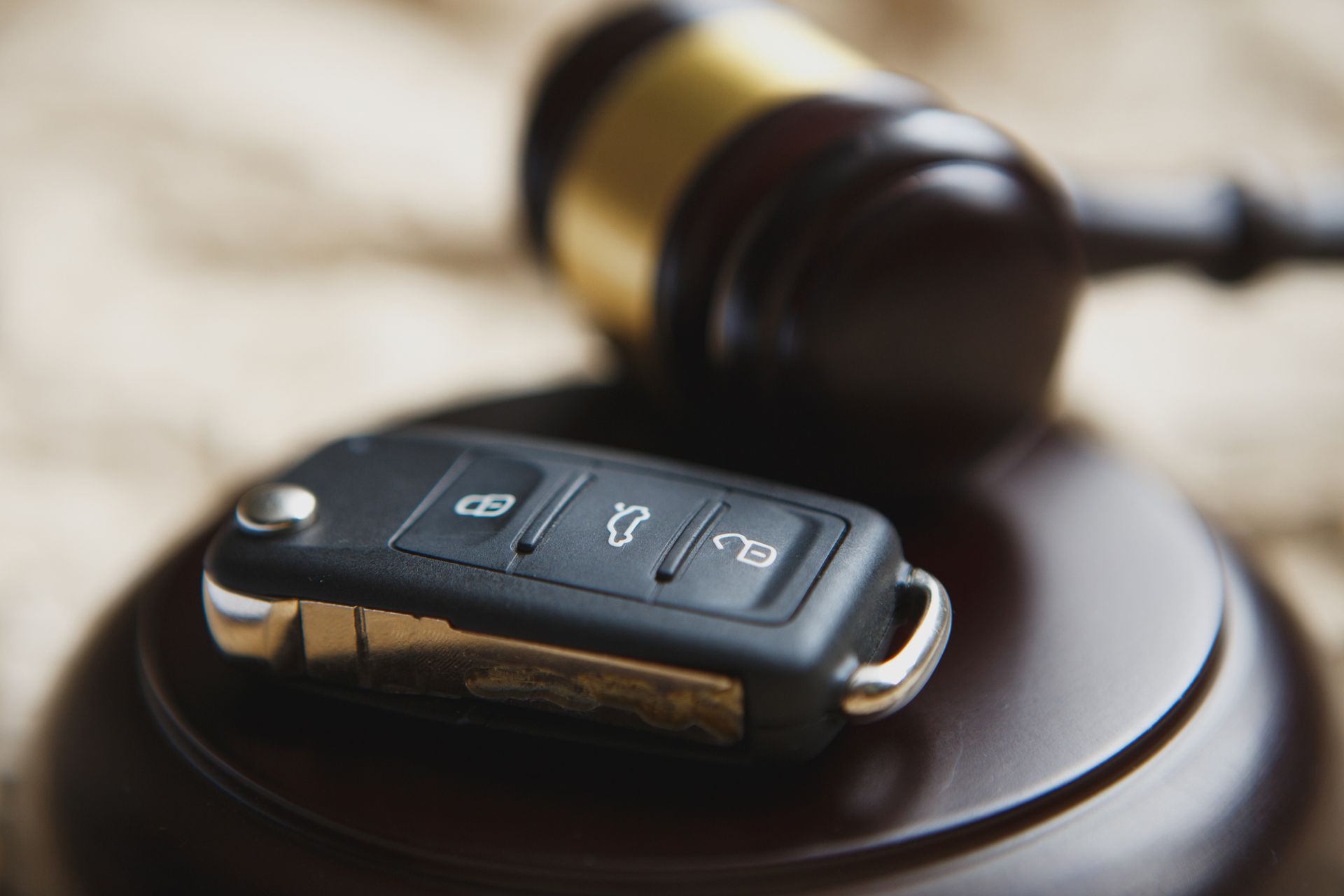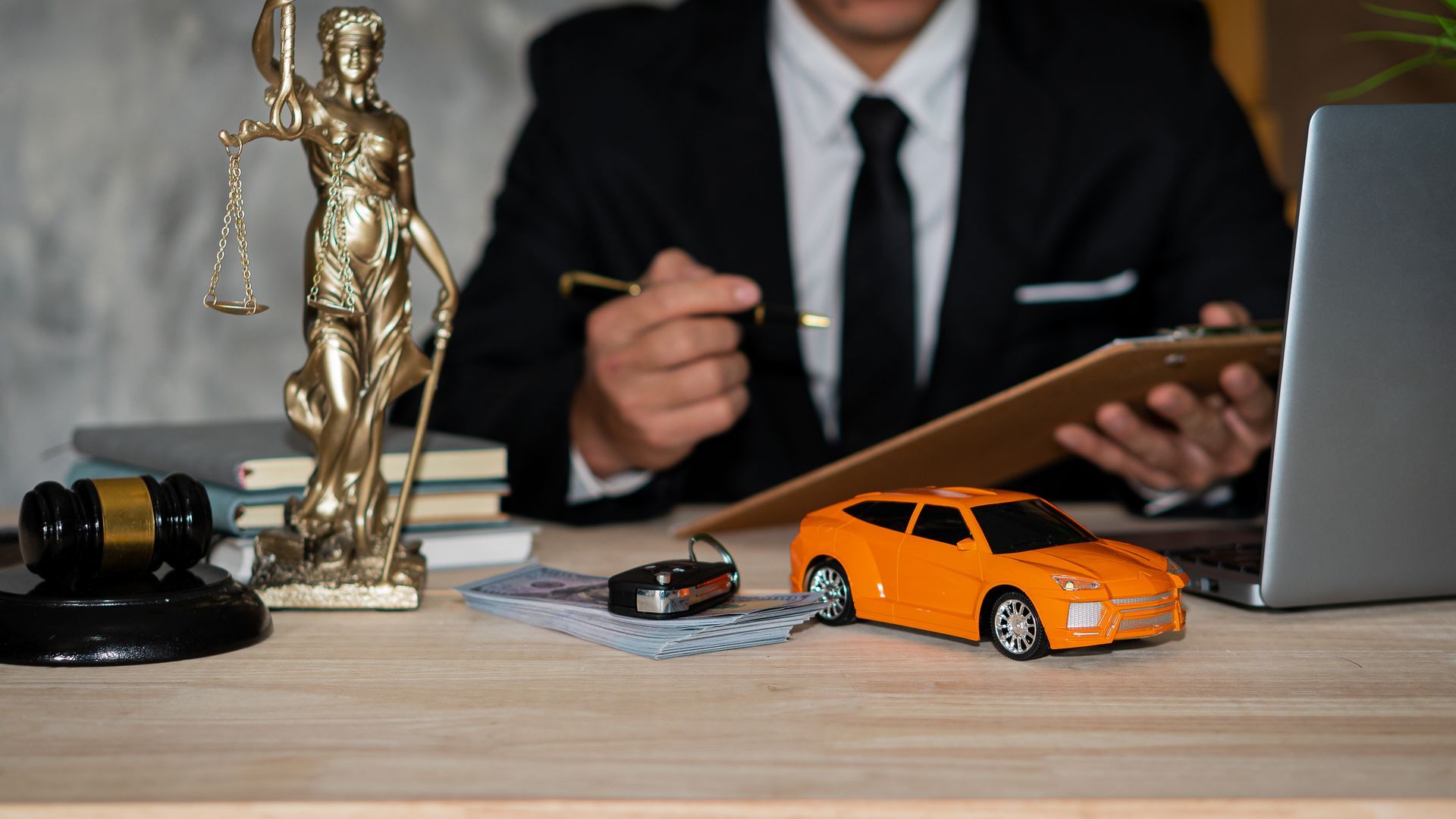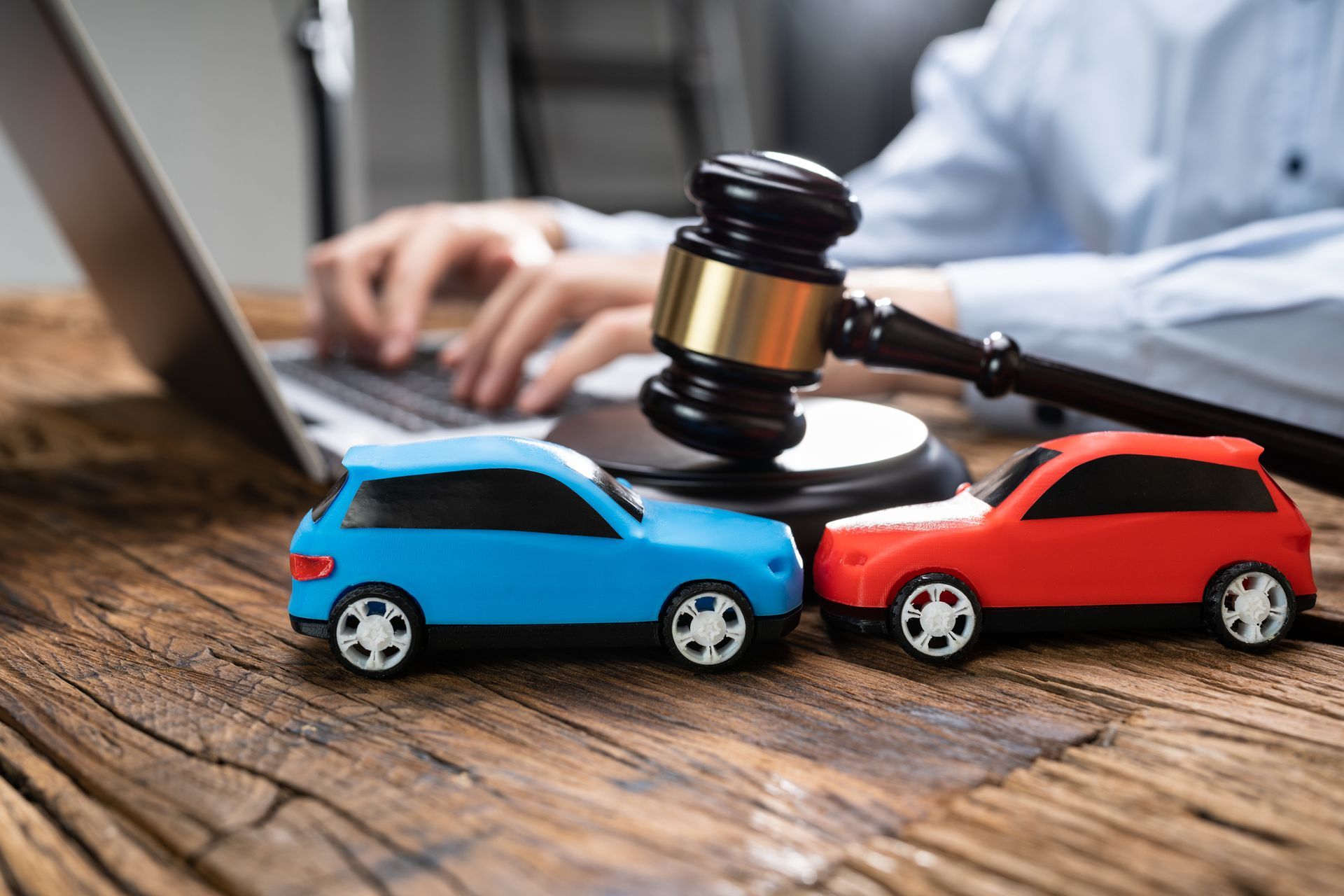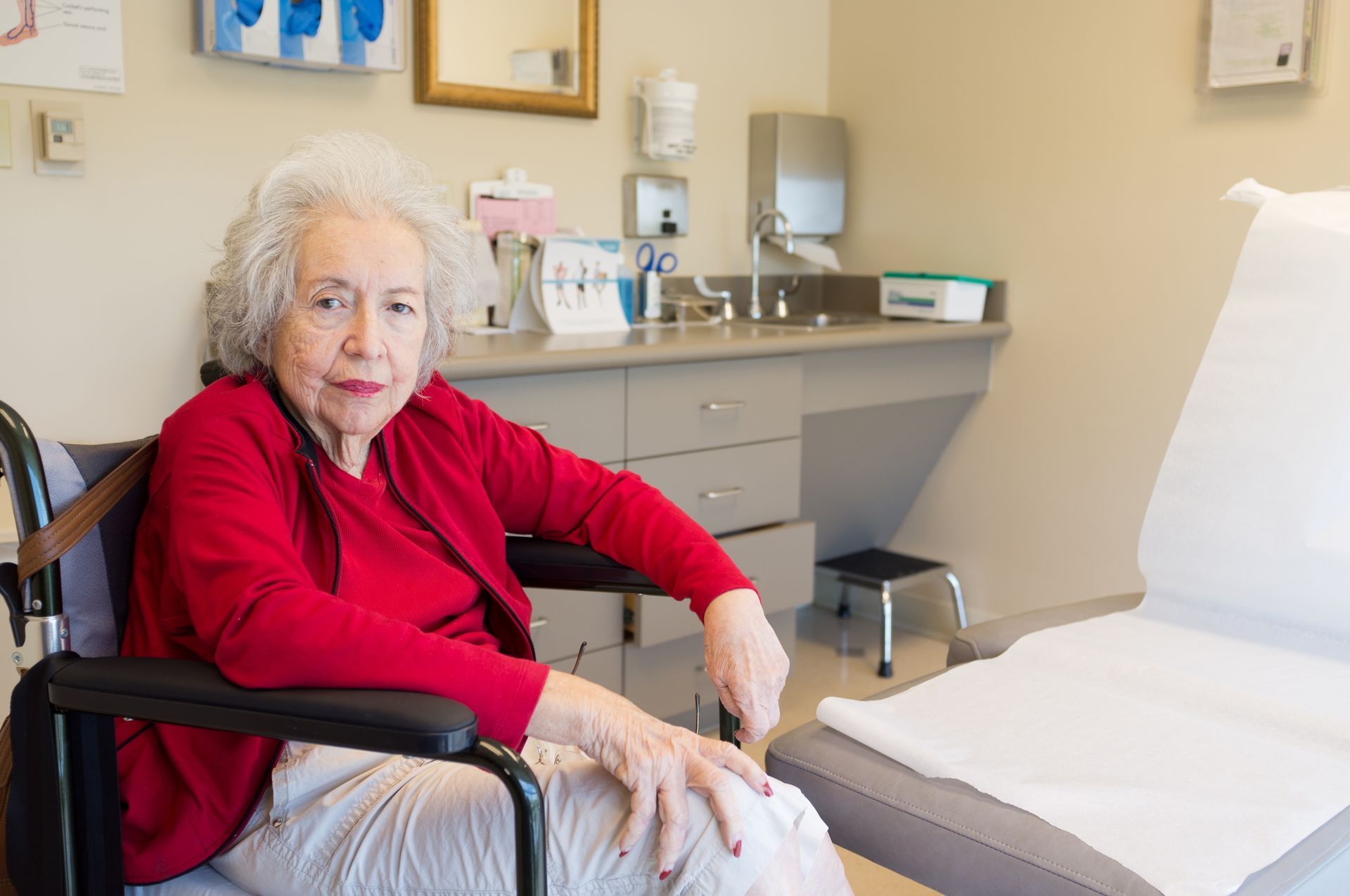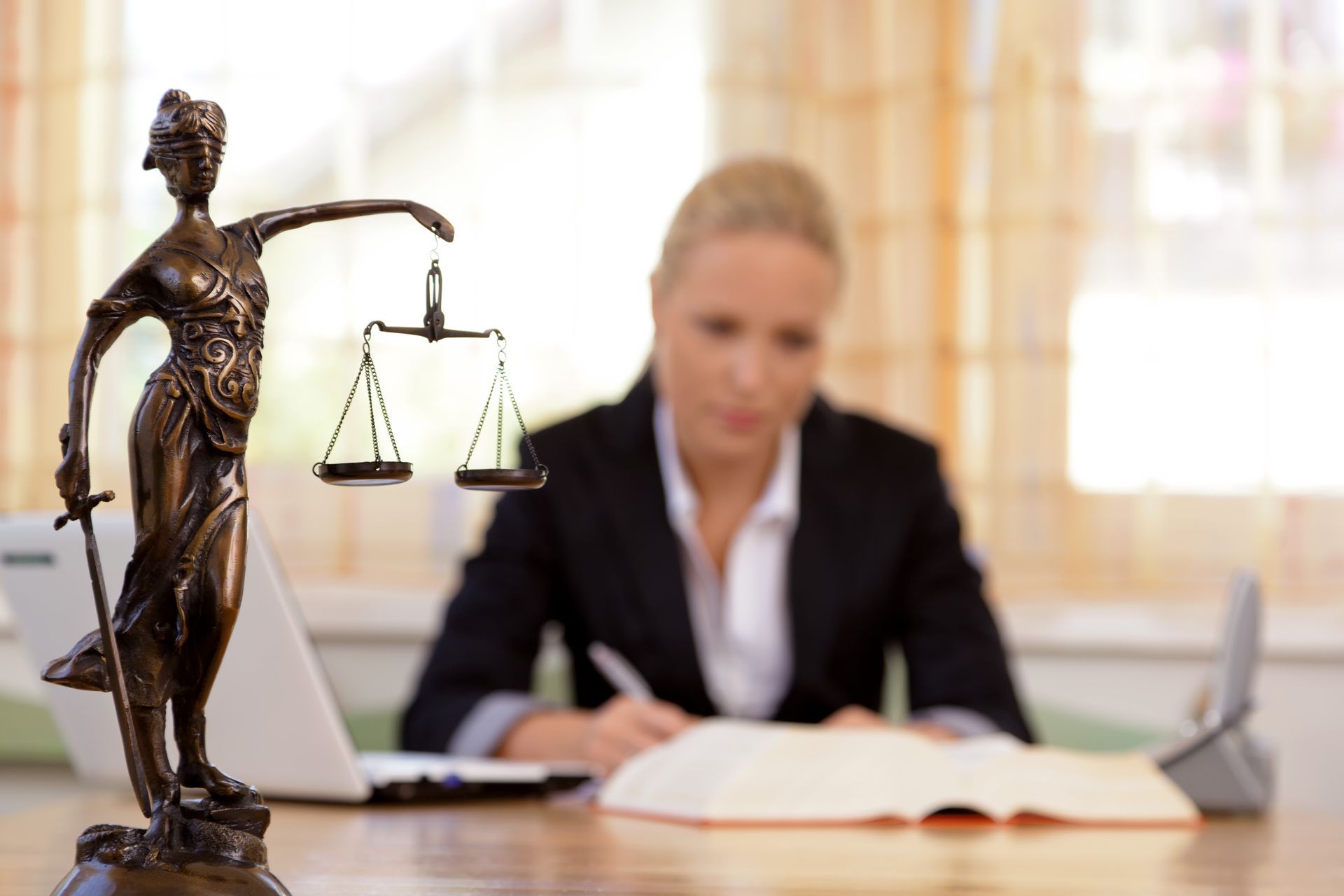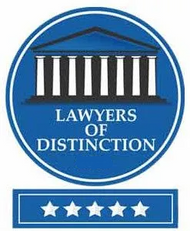What To Expect in a Construction Accident Lawsuit
Construction sites are inherently hazardous, with potential dangers lurking at every corner. From falling debris to malfunctioning equipment, the risks are significant and ever-present. For those unfortunate enough to suffer injuries in construction accidents, navigating the complex landscape of a personal injury lawsuit can be daunting. Understanding what to expect in such lawsuits can empower injured individuals to seek justice and appropriate compensation.
The Initial Consultation
The first step in a construction accident personal injury lawsuit is often an initial consultation with a personal injury lawyer. During this meeting, the attorney will review the details of the accident and the injuries sustained. This consultation is crucial for understanding the case and determining its viability. The lawyer will gather basic information, such as medical records, photographs of the accident scene, and eyewitness accounts. This stage sets the groundwork for the entire lawsuit, helping the attorney decide whether to proceed and formulate a strategy.
Filing the Complaint
Once the attorney agrees to take the case, the next step is filing a formal complaint. This document, submitted to the court, outlines the plaintiff's allegations against the defendant, typically the construction company, contractor, or a related party. The complaint will detail how the accident occurred, the injuries sustained, and the specific legal grounds for the lawsuit. Filing the complaint officially initiates the legal process, and the defendant will be formally notified and required to respond.
Discovery Phase
Following the initial filing, the lawsuit enters the discovery phase. This is a critical part of the process where both parties exchange information and evidence related to the case. Depositions, interrogatories, and requests for documents are common during discovery. The goal is to gather comprehensive information to build a compelling case. During this phase, the opposing parties will interrogate each other to uncover facts and challenge claims, which often entails giving sworn statements and answering detailed questions about the accident and resulting injuries.
Settlement Negotiations
Many personal injury lawsuits are resolved through settlements rather than going to trial. Settlement negotiations can occur at any stage of the lawsuit but often intensify after the discovery phase, once both sides have solid evidence and a clearer understanding of the case's strengths and weaknesses. During negotiations, the plaintiff's attorney will advocate for fair compensation, taking into account medical expenses, lost wages, pain and suffering, and future medical needs. A mutually agreeable settlement can expedite the resolution process, saving both time and legal expenses.
Trial Process
If a settlement cannot be reached, the case will proceed to trial. The trial process involves presenting the case before a judge or jury, where both parties have the opportunity to make their arguments. The plaintiff’s attorney will present evidence and witness testimony to demonstrate the defendant’s negligence and the extent of the injuries. The defense will counter with their evidence and arguments. The trial phase is often the most time-consuming and stressful part of a lawsuit, but it provides a formal forum for adjudicating disputes and seeking justice.
Verdict and Compensation
After the trial, a verdict will be delivered. If the plaintiff prevails, the court will determine the amount of compensation to be awarded. This compensation may cover medical expenses, lost income, rehabilitation costs, and other damages related to the injury. The verdict marks the culmination of a long legal journey, offering closure and financial redress for the injured party.
Post-Trial Motions and Appeals
Even after a verdict is reached, the legal process may continue through post-trial motions and appeals. The losing party may file motions to alter the verdict or even appeal the decision to a higher court, arguing procedural errors or interpretations of law. This can extend the duration of the lawsuit and delay final resolution. However, a strong legal representation can help navigate these complexities and strive for the best possible outcome.
Navigating through a construction accident personal injury lawsuit can be overwhelming, particularly when dealing with the aftermath of an injury. By understanding each phase of the lawsuit process, injured individuals can better prepare for what lies ahead and work closely with their attorneys to pursue justice and fair compensation.
Contact our office at Schonberg Law Offices to learn more.
